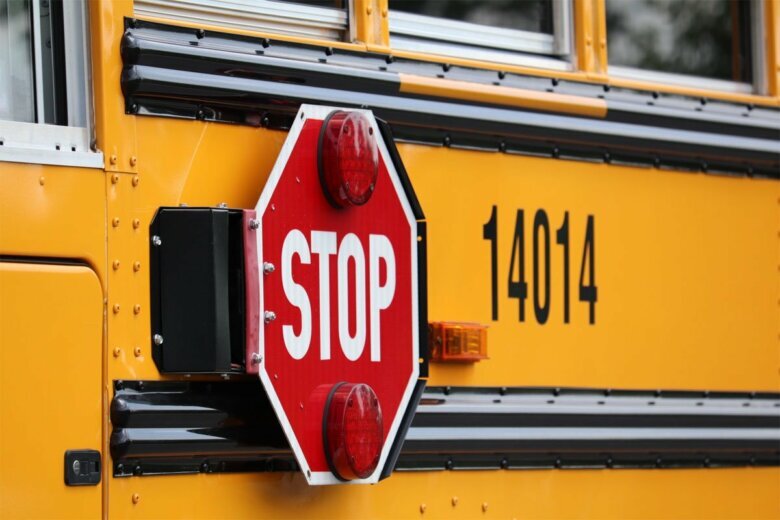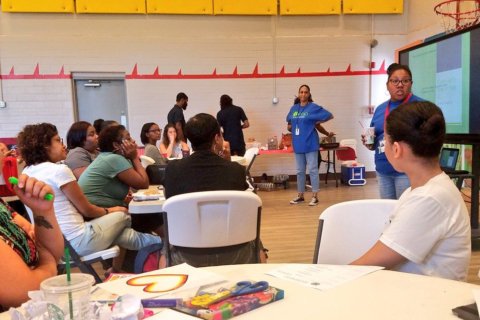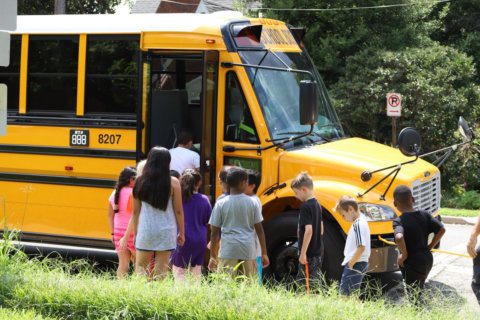
WASHINGTON — As kids, families and school officials get ready for classes to resume, school security officials are preparing for the year ahead, too.
In Maryland’s Frederick County, for example, those changes include enhanced visitor screening, “security vestibules” and lower-tech approaches.
Scott Blundell, the supervisor of security and emergency management of Frederick County Public Schools, said that after the shootings in Parkland, Florida, and St. Mary’s County, Maryland, he and his staff were asked lots of questions about what was being done to make sure kids are safe in school.
Blundell said the use of metal detectors came up, and he said that while they may be helpful in other settings, there are a number of issues when they’re used in schools.
Schools are intended to be “warm, welcoming places,” Blundell said, but when students and staff are confronted with being funneled through metal detectors, that creates a different experience.
“It doesn’t make it very inviting for the students, and also it would be difficult for the operations of the schools,” he said, noting that some high schools have has many as 2,000 students.
Instead, Blundell said, that’s where the low-tech training of school staff comes in. “Asking questions, developing relationships with students and their families — to me, that’s the best way we can keep schools safe,” he said.
There are changes, including new technology that is being expanded.
This year, Blundell said, a “visitor management system” is being introduced. Under the system, visitors present their IDs — typically a driver’s license — which are scanned. The subsequent screening runs the data through a sex offender registry on the spot.
“It will make a notification to the person who’s conducting the scan,” said Blundell, who added that the initial screening takes less than three minutes.
There have been concerns raised about the screening process, including what’s done with the data that is collected, and how long it remains in the system. This information, Blundell said, is not shared.
As for how long the information collected remains in the school database, “Our intention is just to save it during the school year,” he said. Once screened at one school, a visitor’s information can be pulled up at another school. Yet at each and every visit, Blundell said, the ID will be run through the child sex offender registry.
Another concern has been raised about access for parents or relatives who need to pick up a student or meet with teachers but who don’t have a state-issued ID. In the case of families who may not have ID because they are not in the country legally, Blundell said, there are discussions about how to address those concerns.
“We certainly are in no way trying to prevent anyone from receiving an education or receiving support they need for their education,” said Blundell, adding that the information obtained through screening isn’t shared with law enforcement or with ICE.
Another feature in Frederick County schools, Blundell said, are “security vestibules”— areas where, once buzzed in, visitors wait during the screening process. All but 18 of the Frederick County’s 66 schools have them, Blundell said, and there are plans to complete the installation. They’re used so that visitors who haven’t been screened can’t “piggyback” their way into the building.









